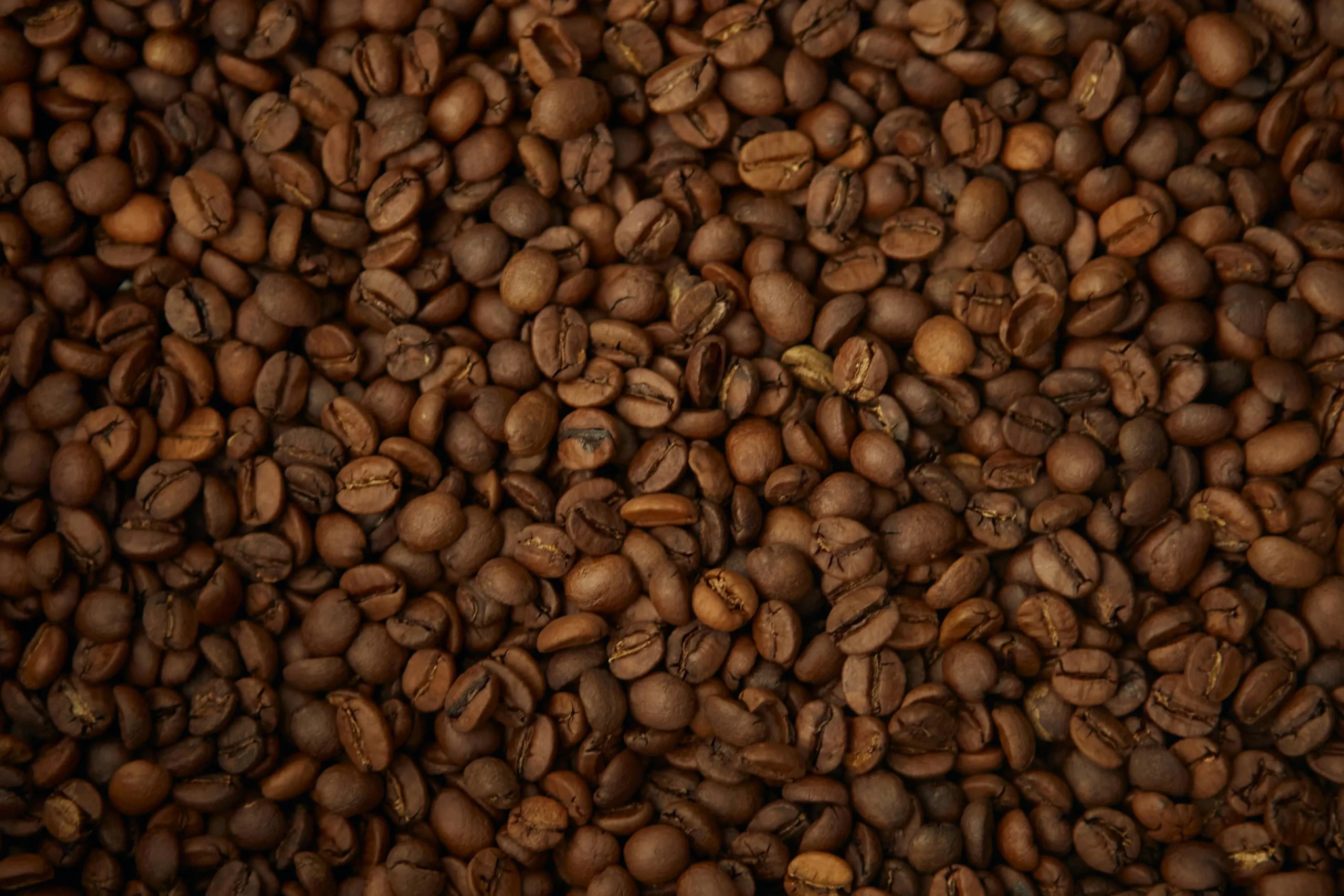There is no denying that the coffee industry faces a sustainability issue, but perhaps now it can find some direction with the Coffee Sustainability Support Database.
The outgoing coffee sector has been for many years dealing with fragmented environmental, social, and economic challenges. Countless good intentioned initiatives have emerged around the global coffee sector, however the disconnection between farmers, investors, policymakers, and other stakeholders has produced a mangle of efforts rather than a coordinated approach. This is where the Coffee Sustainability Support Database (C2SD) has arrived.
The C2SD has been developed as part of an unprecedented collaborative process with input from the International Coffee Organization (ICO), the International Trade Centre (ITC), and the European Commission in order to answer a simple, yet fundamental, question: Who is doing what, where and how throughout the coffee sustainability landscape?
What Is the Coffee Sustainability Support Database?
The C2SD is a central hub of 440 sustainability projects that were undertaken in 49 countries that produce coffee. It connects the efforts of public, private and development actors including governments, NGOs, social impact investors and multinationals.
This open-access tool lets users:
- Identify active and past sustainability initiatives by geography and theme
- Discover project budgets, goals, timelines, and approaches
- Locate gaps and overlaps in global funding and strategic focus
- Export datasets for further analysis
All data is mapped visually on a world map, with clickable green dots indicating each project’s location. Each entry contains rich metadata—project title, partners, donors, timeline, sustainability focus (economic, environmental, or social), commodities involved, and associated SDGs.
Why This Database Matters Now
The urgency for systemic change in the coffee sector has never been greater. Climate change, income instability, market volatility, and social inequity have created a perfect storm for farmers and exporters across the Global South.
Yet, as the Daily Coffee News notes, “the sheer number of overlapping, duplicated, or disconnected projects has made strategic impact nearly impossible.” The C2SD is the first tool to break through that fog.
A Concrete Example: Central America
Let’s say a donor is interested in improving climate resilience in smallholder farms in Central America. Using the C2SD, they can:
- Filter by region, climate resilience, and environmental sustainability
- View all related projects and their funding histories
- Spot existing efforts by other donors (e.g., USAID or Rainforest Alliance)
- Download CSV files for comparative analysis
This kind of visibility avoids duplication and opens up pathways for co-investment and scaling successful models.
Navigating the Database: How It Works
The interface is clean and intuitive. Users can:
🔍 Use Powerful Filters
You can refine your search based on:
- Partner or donor organizations
- Country and state
- Project type and commodities
- Sustainability area (social, environmental, economic)
- SDG alignment
🌍 View Results Visually or in Table Form
- Map View: Projects are geotagged with green markers, providing quick insight into global coverage.
- Timeline View: Allows users to analyze project activity by time span (2017–2027).
- Table View: Great for researchers who prefer data-heavy formats.
📦 Download the Dataset
Researchers and analysts can export the full dataset as a CSV file to use in R, Python, Excel, or visualization tools. This open approach empowers more advanced evaluations and reporting.
Who Created the C2SD—and Why?
The database is the result of a collaboration between:
- ICO’s Coffee Public-Private Task Force (CPPTF) – focused on global consensus building for a fair and resilient coffee sector
- International Trade Centre (ITC) – through the Alliances for Action and the Coffee Guide Network
- European Commission DG INTPA F3, plus other ITC donors
According to the C2SD’s About page, the platform was created to address a critical issue: the invisibility of existing sustainability efforts. Without shared knowledge of what’s happening in different parts of the world, policy alignment and funding coordination become nearly impossible.
In other words, this isn’t just a data tool. It’s a strategic shift.
Key Strengths of the Coffee Sustainability Support Database
1. Global Coverage with Local Insight
With 440 projects from Africa, Latin America, and Asia, the database balances breadth with detailed local information.
2. Backed by Strong Institutions
The ICO and ITC bring credibility and technical expertise to the table—along with connections to the real actors driving sustainability.
3. Highly Customizable Data Access
This isn’t a static PDF. It’s a living map with timeline navigation, filter options, and downloadable datasets.
4. Public Good Orientation
No login, no paywall. This platform was built for the public, not for pay-to-play.
How It Aligns with Broader ESG and Climate Finance Efforts
The C2SD doesn’t exist in isolation. It complements other open data platforms, such as the International Climate Finance Database, which tracks climate-related funding projects globally. Both tools signal a broader movement toward greater transparency and evidence-based decision-making in the ESG and impact investment space.
Final Thoughts: A Tool That Deserves More Eyes
The Coffee Sustainability Support Database is not just for data nerds. It’s for anyone who believes that a sustainable coffee future is possible—but only if we can finally see the big picture.
Whether you’re a policymaker looking to fund equitable trade programs, a non-profit planning a new initiative, or a student researching global supply chains, this platform will save you hours of research—and likely help you avoid costly missteps.
In a fragmented world, C2SD is a rare tool that actually helps connect the dots.


